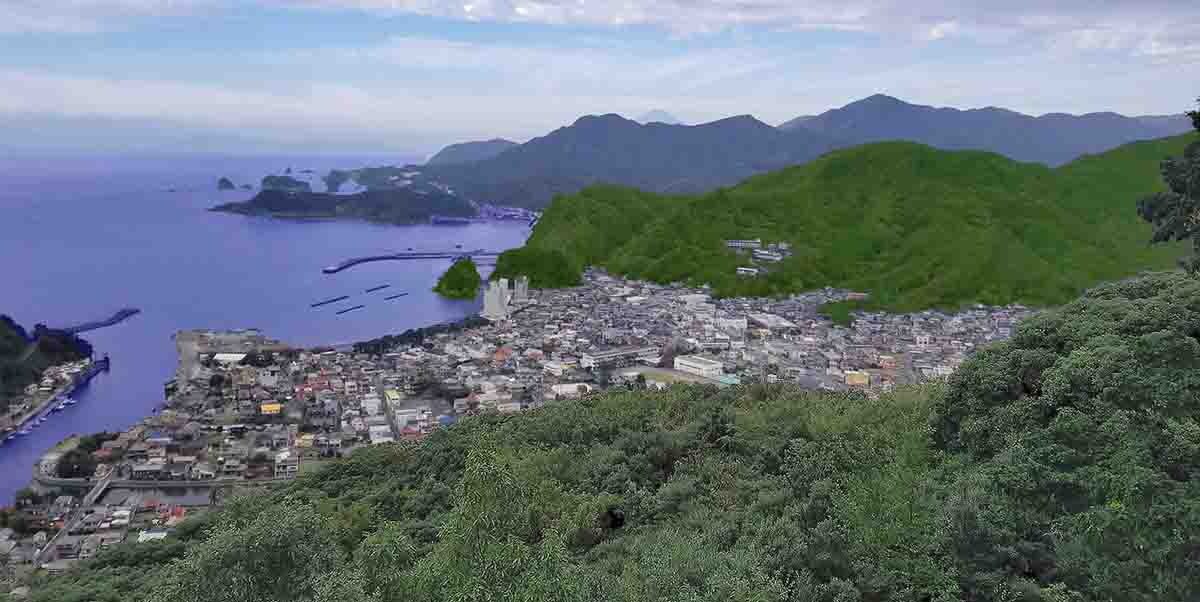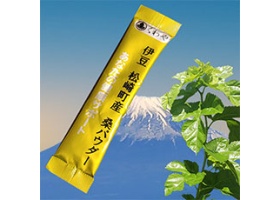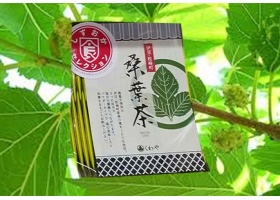The Story of Kuwa
In the quiet coastal village of Matsuzaki, Japan, families have worked the land and sea for generations. But like so many rural communities around the world, Matsuzaki faces a challenge: how to keep its young people from leaving for the city in search of opportunity. Without new ideas and sustainable work, the rhythm of rural life risks fading away.
The story of Kuwa begins with a small group of residents—farmers, fishermen, and even professionals who once worked city jobs—coming together to look for a way forward. Their goal was simple but vital: create meaningful employment, protect the village way of life, and connect their heritage to something of value for the modern world. Their answer lay in a tree with deep roots in Japanese history—the Kuwa, or white mulberry tree.
A Tree with History
For centuries, the Kuwa tree has played an essential role in Japanese culture. Its leaves are the sole food of silkworms, which spin the cocoons used to produce silk—once one of the most prized fabrics in the world. In Japan, generations of farmers carefully cultivated mulberry trees to ensure their leaves were of the highest quality, giving rise to silk renowned for its strength and beauty. This tradition shaped not just the economy but the very identity of many rural regions.
But with the invention of nylon and other petroleum-based fabrics in the 20th century, the silk industry declined. Mulberry groves that once sustained entire communities fell silent. Yet, while the demand for silk faded, the Kuwa tree itself remained—a resource waiting to be rediscovered.
From Tradition to Innovation
The people of Matsuzaki saw in the Kuwa tree not just history, but possibility. Scientific research has shown that its leaves carry remarkable health benefits, supporting balanced blood sugar, digestion, and overall wellness. By harvesting, drying, and processing these leaves into a natural powder, the community found a way to turn a centuries-old tradition into a modern health supplement.
Today, Kuwa is more than a product—it is a movement to sustain local life. Each package of Kuwa powder represents the hard work of farmers, the care of harvesters, and the hope of a village determined to thrive. It is a bridge between past and present, heritage and innovation, Japan and the wider world.
A Universal Challenge
What is happening in Matsuzaki is not unique to Japan. Across the globe, rural towns face the same struggle: preserving their traditions while providing opportunities that inspire younger generations to stay. Kuwa stands as an example of what can be achieved when communities look inward to their history, their land, and their shared creativity for solutions.
By choosing Kuwa, you are not only embracing a natural path to health—you are also helping to keep a community alive, connected, and full of purpose.
--- Would you like me to also draft a **shorter “marketing version”** of this (around 150–200 words), which you could use for landing pages or promotional materials, alongside this fuller story?



